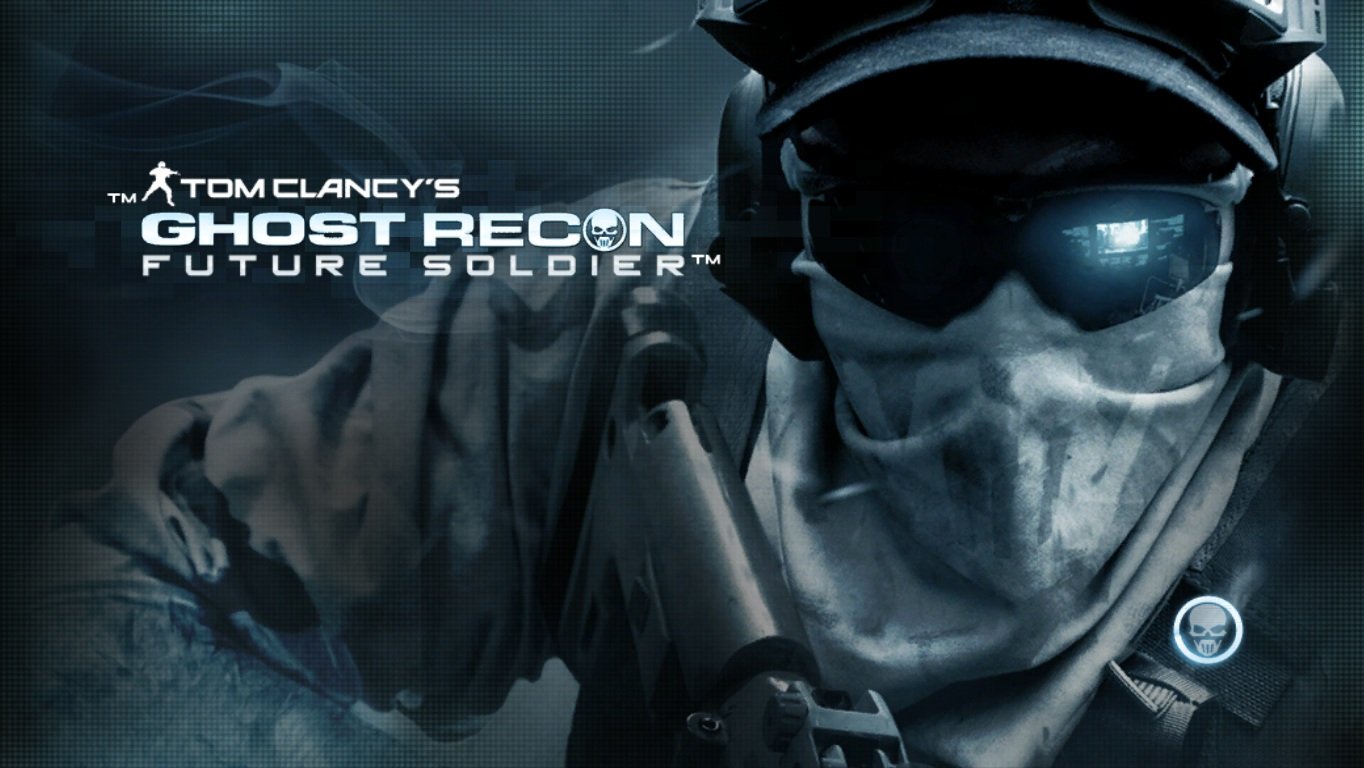Tom Clancy’s Ghost Recon: Future Soldier
Ubisoft Studios
We were hunkered down in the bush; our four-man team had been dropped off clandestinely from a helicopter hours earlier. As I looked on at the largely arid landscape, with patches of scrub brush and an oasis of palms here and there, mosquitoes and other large blood-sucking critters buzzed around my ears. I could practically feel the scorching rays of the sun bearing down on me from above the African desert’s floor, and remarked to my friends that I’d never before witnessed such an immersive representation of Africa in any previous PC games.
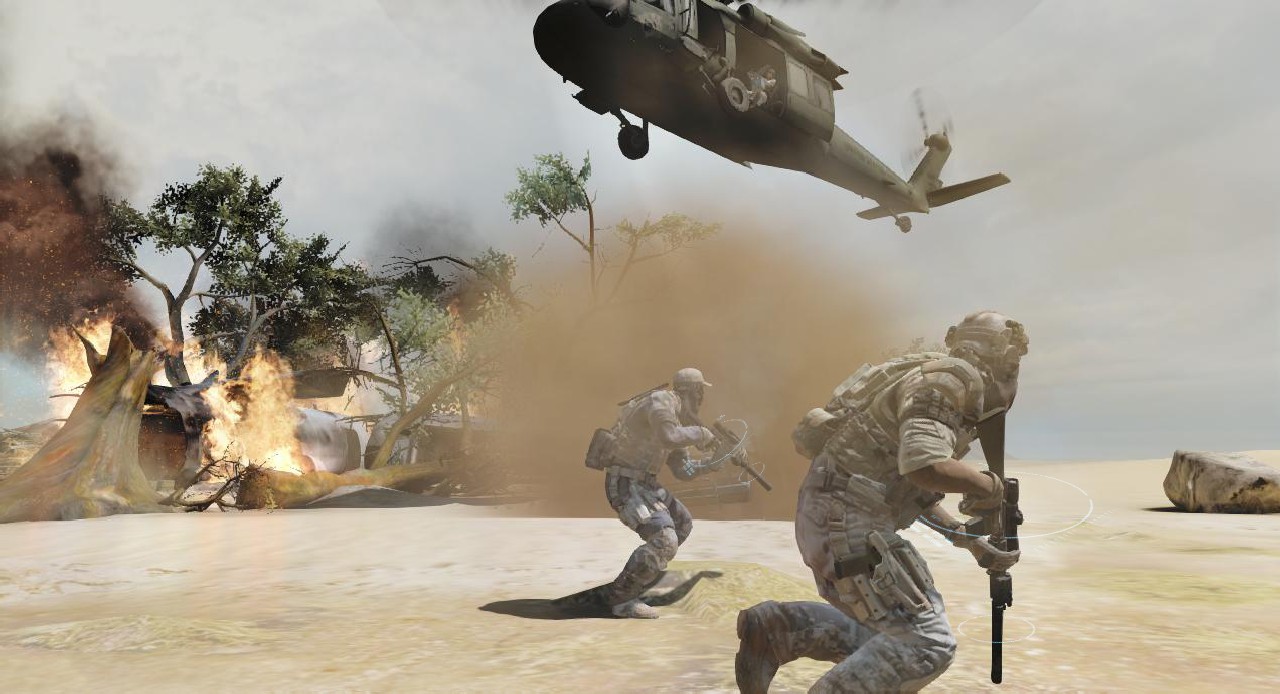
All three of my teammates were human; we were after all playing Tom Clancy’s Ghost Recon: Future Soldier’s much vaunted co-op mode. Each operator had his particular role, mine being a CQB specialist, for those up-close and personal assaults. I held my customized, compact, L22A2 Personal Defense Weapon out in front of me, marveling at its efficient design. It didn’t just look badass, it had also taken many a life in our missions up to that point, and I’d jokingly anointed it the Widowmaker because of its lethal competency.
We were on a mission to rescue some natives who had been captured by a local warlord. The warlord in question also had some intel on other nefarious plans afoot swimming around in his head, and we were just itching to interview him. However, we had paused our careful approach, as the vast, barren area ahead was quiet…a little too quiet. One of my squad mates, who carried a personal UAV drone, deployed it up into the air. It whizzed off without a hitch, and soon he was looking at a bird’s eye view from far above us.
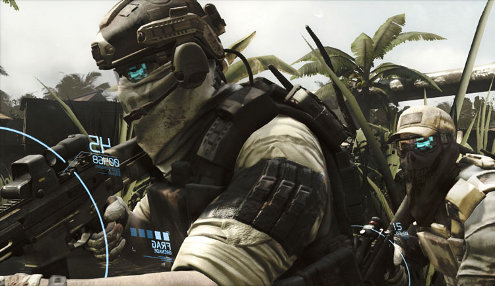
Suddenly, he reported that there was a column of vehicles approaching from the west. They were filled to the brim with Africans, rough mercenary types, who were brandishing Russian weapons such as AKs and PKPs. Some of them hollered and shot into the air, and were seemingly working themselves up to carry out something violent. They were, after all, approaching the village where the hostages were being kept. Maybe the poor captured souls were no longer of value to the warlord and needed to be disposed of.
We had two choices; either let them pass so that we could continue our more stealthy approach unmolested, and potentially ambush these dastardly desert dwellers later at their base, or assault them straight away—here and now. We quickly discussed it on our headsets and decided to attack them asap. We just couldn’t live with the chance that we’d done nothing if in fact these jaded soldiers had the murder of innocents on their compromised minds.
Our drone operator scouted out a collection of crates and cargo containers east, ahead of the gaggle of vehicles. We’d set up there and ambush the mercs as they drove through. We would have to move fast, however, if we were going to have any chance of pulling off our last-minute plan.
Upon arriving at our destination, we each took up positions behind the various pieces of discarded cargo, long ago looted by locals. Our thermal-optic camouflage kicked in, rendering us virtually invisible, and I truly felt like a modern day, technologically advanced, near-future ninja.
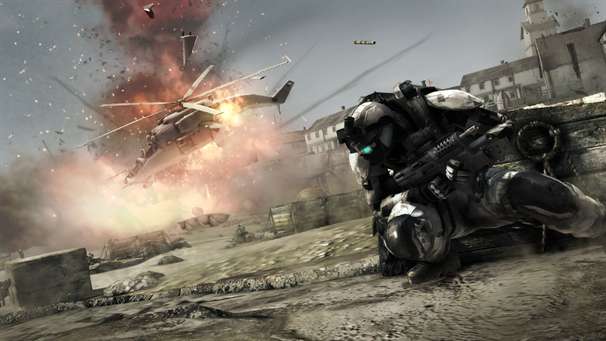
The caravan drew closer. When it was within range, we struck at its strongest asset: an armored BMP near its middle. One of our men hoisted a missile launcher up onto his shoulder and fired. He connected with the target and reduced the BMP to a smoldering mass of twisted metal. The vehicles around it, mainly technicals with machine guns mounted in their beds, spun around in arcs in an effort to see where the attack had come from.
As their forces rushed around in disarray, we set up a coordinated sync shot, each of us choosing a priority target. All at once, we peeked out from our cover and shot at each of our pre-designated targets, putting their lights out, and ending future prospects as a nihilistic desert raider. But while attacking, we had to de-cloak ourselves, and our enemies soon acquired our location. From that point on, we’d have to rely on our superior tactics and technology in order to have a fighting chance…
As you may have guessed by now, Tom Clancy’s Ghost Recon: Future Soldier can be a blast to play. As someone who appreciates the venerated true stealth gameplay and tactical planning of the original Ghost Recon games, I was glad to see that Ubisoft had gone back to its roots with this game. It really is a throwback back to before the louder, flashier offerings, like the Advanced Warfighter series, which was almost on par with the Call of Duty franchise.
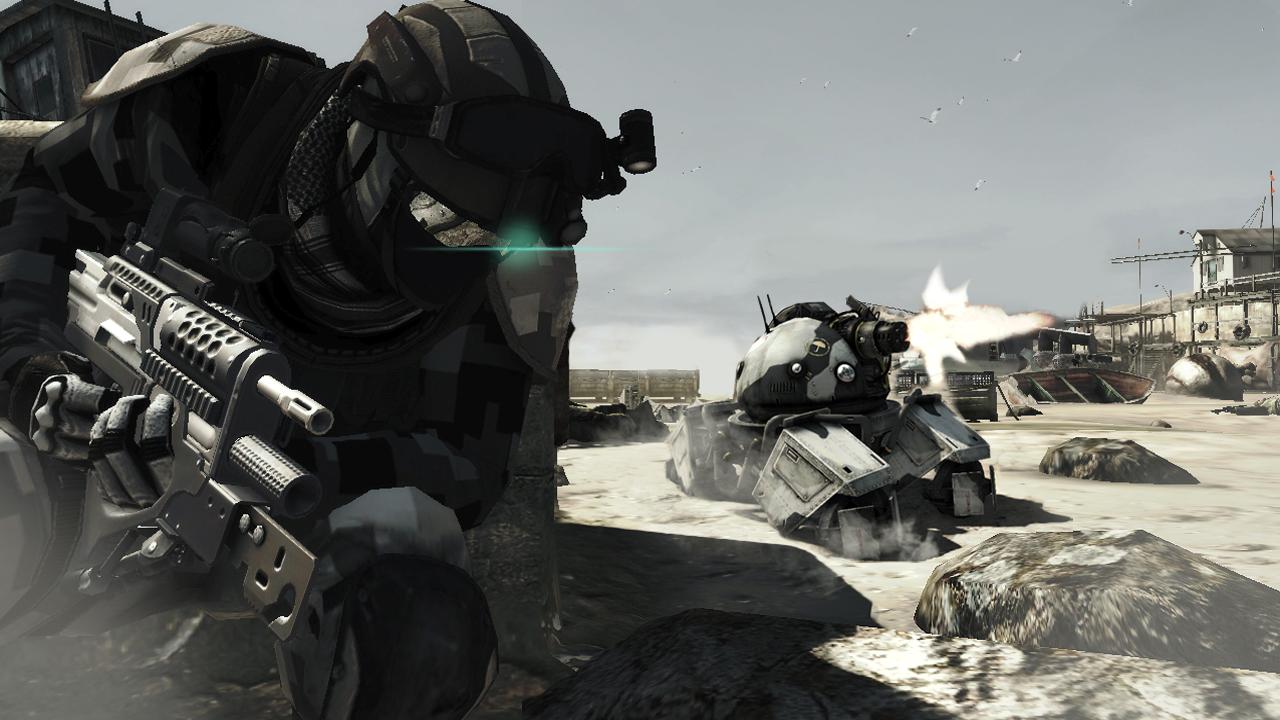
Instead of trying to satiate the unquenchable thirst for hyper-violence and orange fireballs that many in the modern PC gaming community seemingly lust after, Ubisoft detoured off the well-beaten path and the result is pure stealth action nirvana.
Tom Clancy’s Ghost Recon: Future Soldier’s main story follows the exploits of a small squad of Ghosts; essentially black ops warriors outfitted with futuristic equipment. It features various near-future settings, including Africa, the Middle East, Russia, and others, and takes you from vast deserts to snow-capped mountains. Any of the missions presented are just drenched with realism and each could have been ripped from the headlines of current global conflicts happening in the news.
The gameplay is very team-oriented, so those used to spazzing out and running off on one-man Rambo excursions will probably lose hold of their limited attention spans. Those, however, who enjoy careful planning, customizing futuristic gadgets and gizmos (and weapons!), and then executing missions with precision and forethought will be delighted. There is no time traveling, flying cars, or other penchants of futurism that feel too out there for more mature pallets. Future Soldier gives us a believable and unique near-future setting bereft of any of the over-the-top silliness of other futuristic military shooters out there.
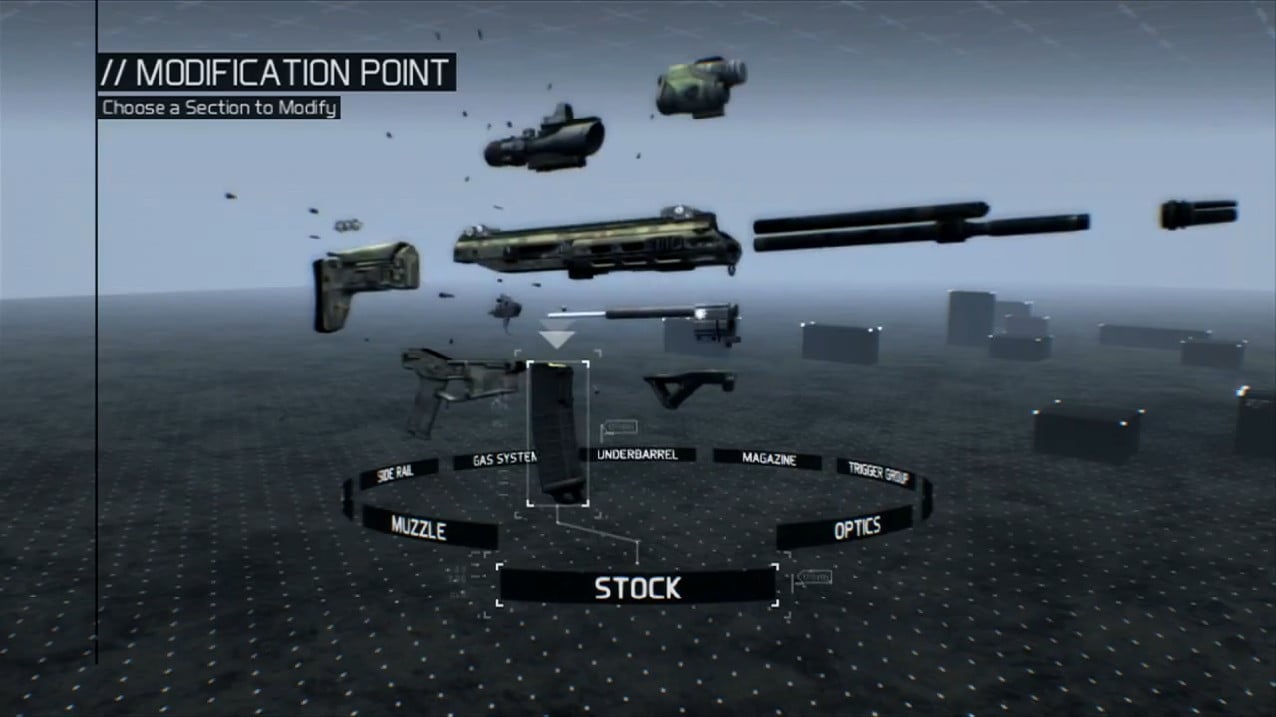
Graphically, Future Soldier scores an A in spite of the fact that the game came out in 2012. Character models are meaty and detailed. Environments feature realistic sand storms and snow fall. They look lived-in rather than something concocted just for the sake of having a place that some loud explosions and violence can take place in, as with so many more recent titles. Those with 4k gaming rigs will be in high resolution heaven.
The game features the usual suspects as far as game modes, with the standard (but highly enjoyable) campaign and multiplayer modes. But the real standout here (at least for me) is the beautifully implemented co-op mode. It’s just a blast to get together with three buddies and carry out the diverse missions that thread through the game’s engaging story arc.
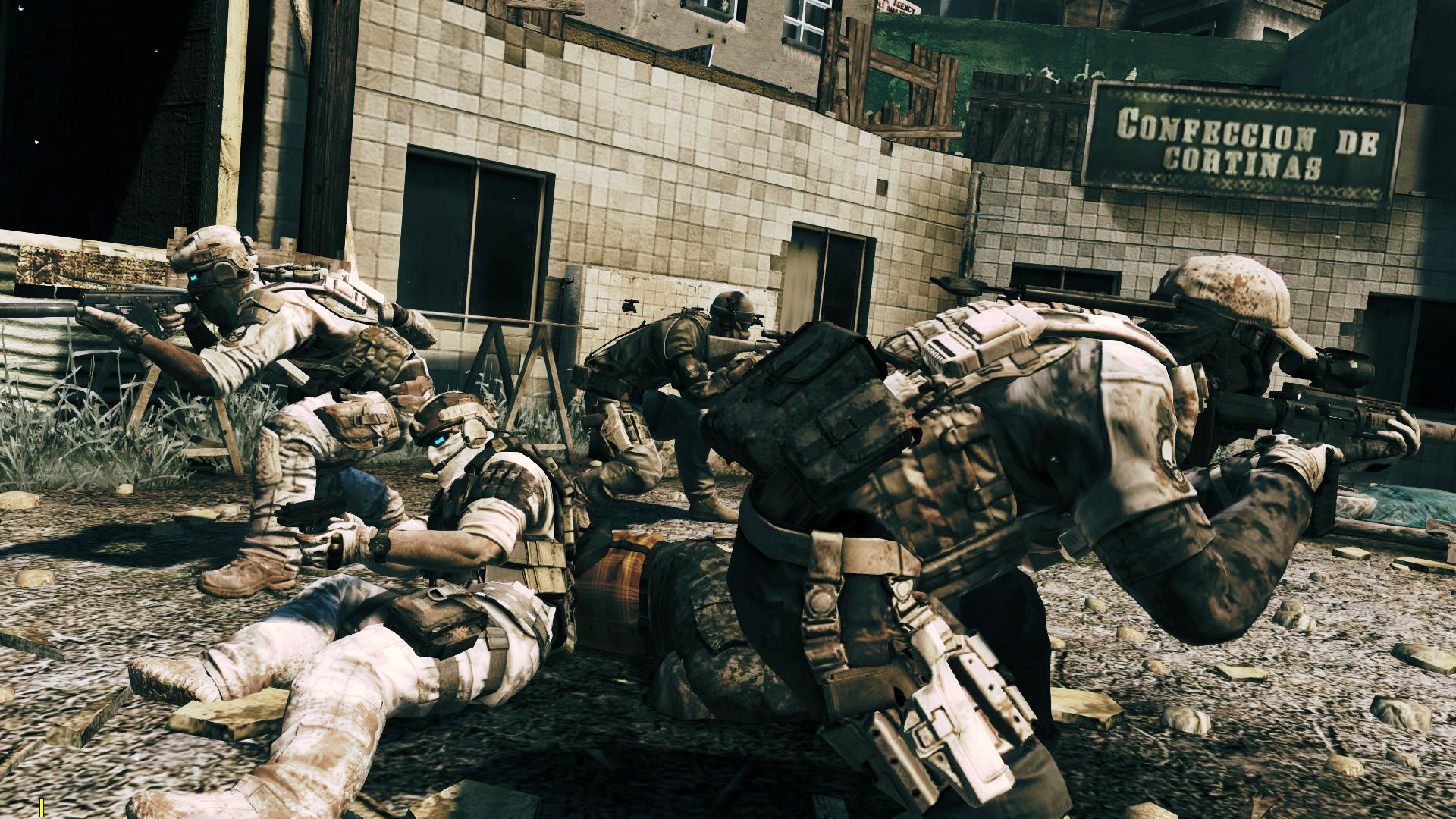
Tom Clancy’s Ghost Recon: Future Soldier is simply one of the most enjoyable shooters I’ve played in the last few years. It features an engaging and memorable storyline, great graphics, super-fun stealth-based gameplay, and lots of futuristic (but believable) toys to play with.
SCORE: 91%
Kane’s Conclusion:
Tom Clancy’s Ghost Recon: Future Soldier’s graphics were ahead of their time when they came out, so they still look beautiful by today’s standards. If you want to get the most out of them, consider investing in a new PC gaming rig.
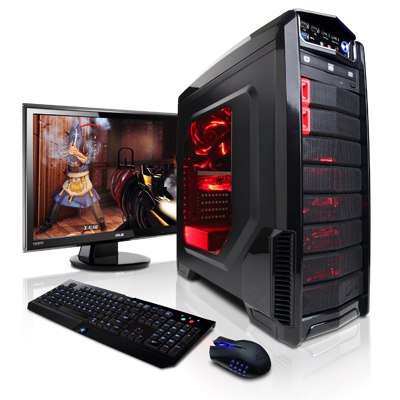
Also, get over to CyberpowerPC’s website to check out some other great deals as well!
